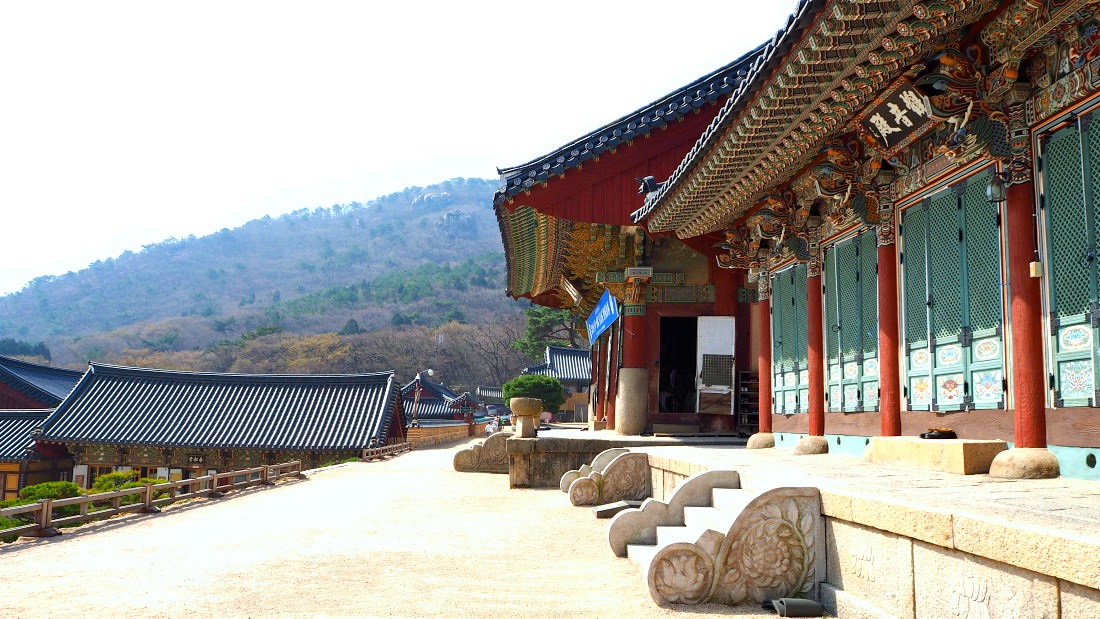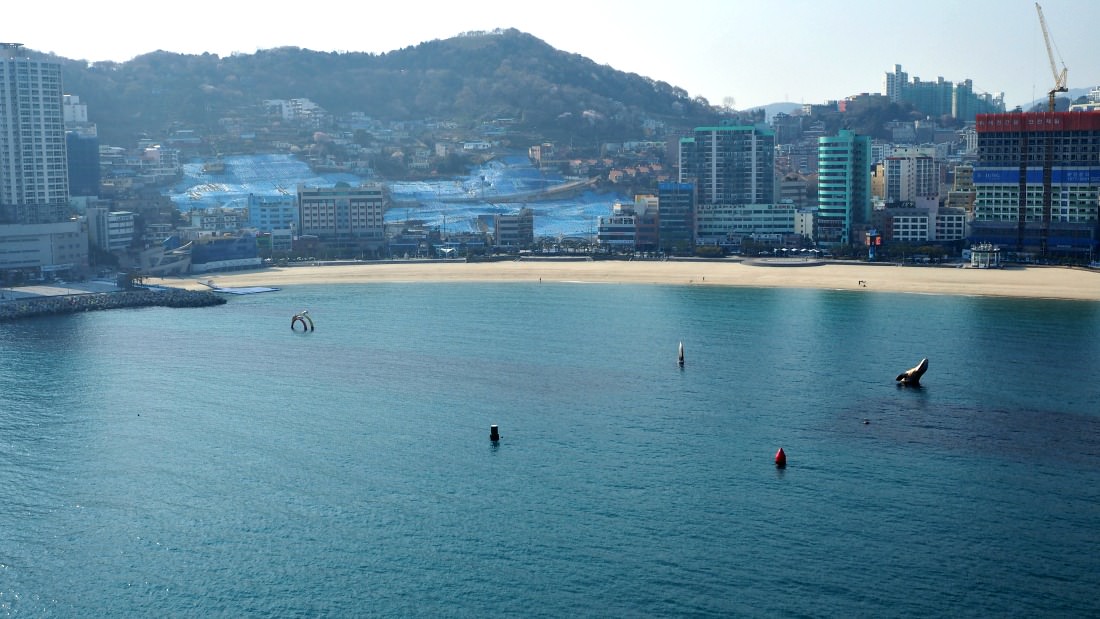Gigantic Port of Busan
 A cargo ship at the Port of Busan
A cargo ship at the Port of BusanPort of Busan
The Port of Busan lies at the mouth of the Naktong River in South Korea. It is the fifth busiest container port on the planet and the biggest transshipment port in north-east Asia.
The port was the tenth busiest port in regards to overall tonnage and the 6th busiest in regards to 20-foot TEUs of containerized freight in 2007, as reported by the American Association of Port Authorities.
Apart from Jeju City, the Port of Busan was the only city that was not inhabited by North Korea during the Korean War (1950-1953). The Port of Busan became a self-governing city after the end of the Korean War. The city has ended up being home for major markets consisting of shipbuilding, cars, steel, electronic devices, chemicals, ceramics, and paper.
The Port is developed, managed, and operated by the Busan Port Authority (BPA), which was developed in January 2004. The BPA has actually made it its aim to transform the Port of Busan into a first-rate port.
Beginnings of the Port
The Port of Busan (Korean: 부산항) is the largest port in South Korea, located in the city of Busan, South Korea. The Port of Busan was developed in 1876 as a small port with rigorous trading between Korea, China, and Japan.
It is situated at the mouth of the Nakdong River (Hangul: 낙동강), facing the Tsushima Island of Japan. During the Korean War (1950-1953), Busan was amongst the few locations North Korea did not invade, causing war refugees to leave to the city of Busan.
At that time, Busan's port was essential to get war materials and aid, such as materials and processed foods, to keep the economy stable. In the 1970s, a rise in the footwear and veneer markets triggered factory workers to move to Busan, bringing Busan's population from 1.8 million to 3 million.
 Aerial of Busan City's sea and landscapes near the Port of Busan
Aerial of Busan City's sea and landscapes near the Port of BusanPort of Busan Facilities
The Busan Port has four completely equipped contemporary ports-- North Port, South Port, Gamcheon Port, and Dadaepo Port-- a worldwide traveler terminal and six container terminals. The port is helped with by 26.8 km of quay wall, permitting it to berth 169 vessels at the same time and handle freight of 91 million loads per year.
North Port provides cargo and traveler handling facilities. Opened in 1978, the International Passenger Terminal can handle both travelers and cargo. The terminal's quay can simultaneously berth one 10,000 tonnes, one 3,000 tonnes, and two 200-tonne vessels. It is likewise capable of managing 318,000 tonnes of cargo.
The Port of Busan continued to grow, and by 2003 the port was the fourth biggest container port worldwide. Around 50% of the Busan's production jobs belong to exports, and over 83% of the country's exports are containerized, making Busan the nation's most spacious container and essential cargo port.
Compared to the Port of Busan, Inchon port handles just 7% of containers. Easy access to the Port of Busan in between Japan, Singapore, and Hong Kong adds to its huge development.
 Panoramic view of Busan Port
Panoramic view of Busan PortBusan Port Today
Presently the Port of Busan is the fifth busiest container port in the tenth and the world's most active port in North-east Asia. It is developed, managed, and run by the Busan Port Authority (BPA) developed in 2004.
Today the Port includes four ports- North Port, South Port, Gamcheon Port, and Dadaepo Port, an International Passenger Terminal and the Gamman container terminal. The North Port supplies passenger handling facilities and freight, and with Gamcheon Port's aid, more cargo volumes can be managed (Ship Technology).
The South Port is house to the Busan Cooperative Fish Market, which is the biggest fishing base in Korea, and it deals with 30% of the overall marine volume. The Dadaepo Port, situated west of the Busan Port, mainly handles coastal catches.
In 2007 the Busan Port dealt with cargoes containing fertilizers, meat, scrap metal, petroleum and other gases, unrefined petroleum, coal, leather, oils and fats, iron ore, rough wood, natural sand, milling market items, and sugar.
In 2016, South Korea exported a total of $515B and imported $398B. Top exports of South Korea are incorporated circuits, cars, refined freight, traveler and petroleum ships, and vehicle parts.
South Korea exports the most to China, the United States, Vietnam, Hong Kong, and Japan. Imports to South Korea primarily come from China, Japan, the United States, Germany, and other Asian countries.
In 2017 Busan processed more than 20 million TEUs, twenty-foot equivalents (a measure used to approximate the compacity of container ships).
Its location is known as Busan Harbor.
Get Exciting Activities
Book one of our exciting activities today to experience the thrill of a lifetime! Take advantage of this opportunity and secure your spot in advance.
Hotel Map Guide
Find your affordable, accessible, and comfortable hotel in Seoul at Agoda.Com. See the hotel map below...
Hotel Booking Guide
Find affordable and amazing hotels on Agoda.com using the search box below. Book now to enjoy great discounts and save!







New! Comments
What do you think about this page? Leave me a comment in the box below.